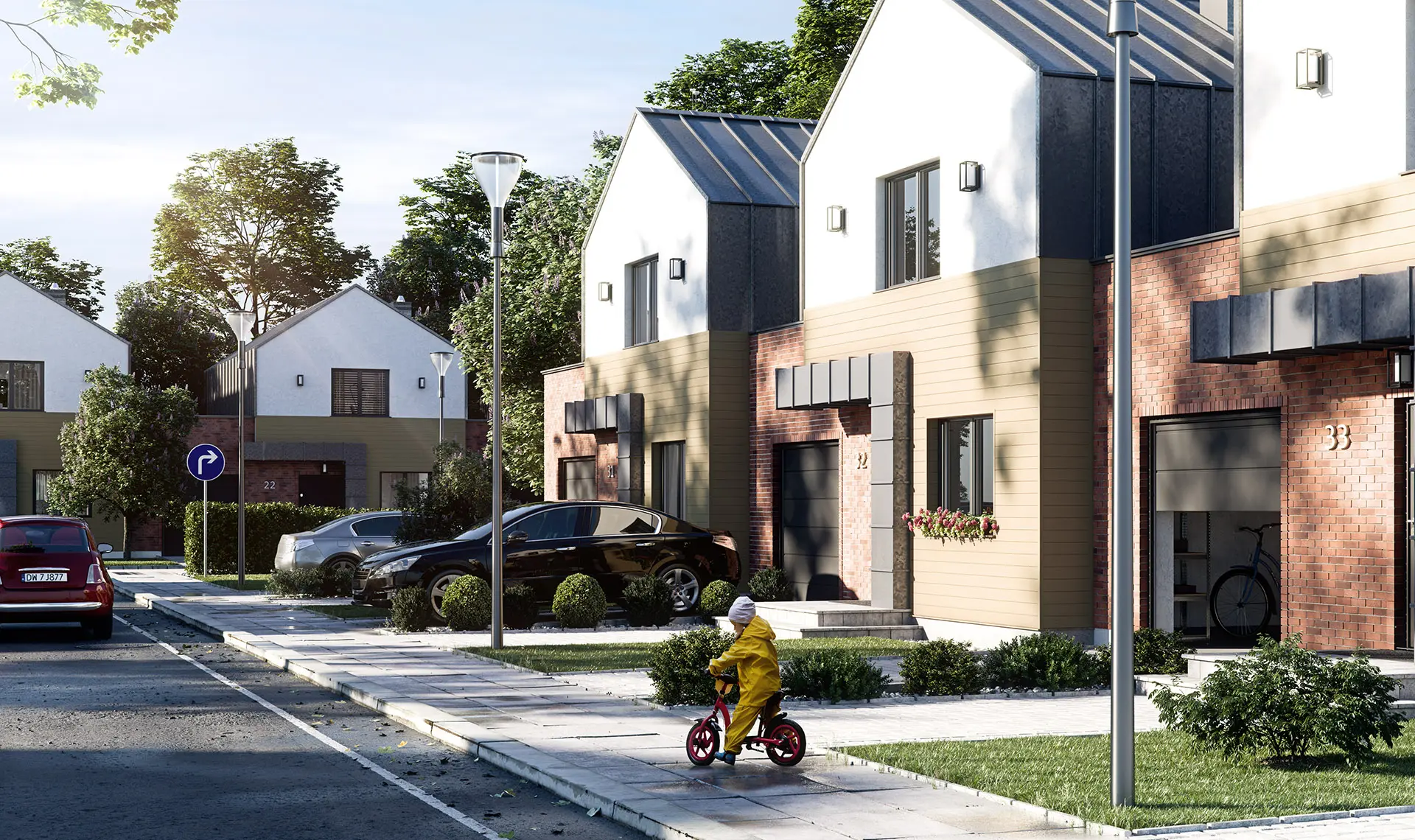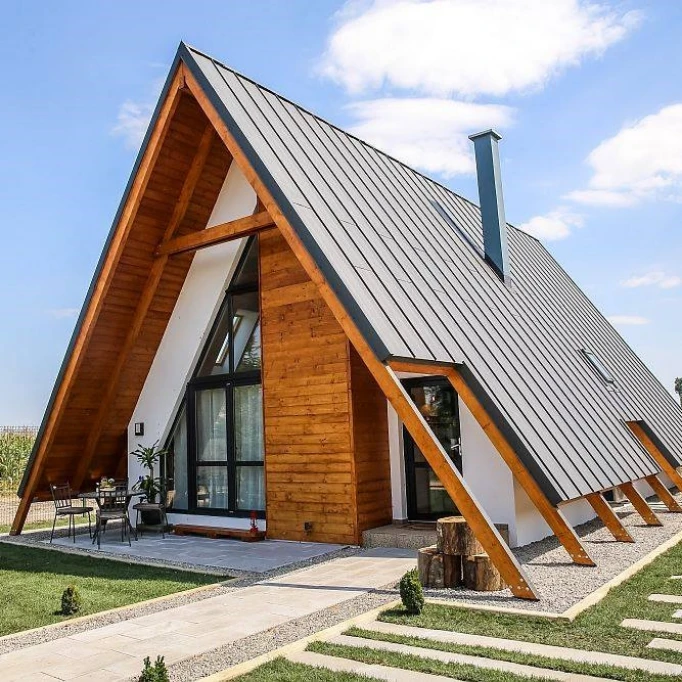The slope of the roof is one of the key factors that affect the functionality and appearance of the house. There are several aspects to consider when choosing it:
- Climatic conditions: The slope of the roof should correspond to the climatic conditions of the area where the house is located. In areas with a high amount of precipitation or snow, it is advisable to choose a steeper roof (e.g. 45-60), which will allow faster drainage of water and snow.
- Aesthetic preferences: The slope of the roof significantly affects the appearance of the house. Steeper roofs (over 30) have a more traditional feel, while flat roofs (under 10) are characteristic of modern architecture.
- Functionality of the attic: The slope of the roof affects the usability of the space under the roof. Steeper roofs offer more loft space, while flat roofs may be more suitable for modern interiors with lower lofts.
- Type of roofing: Each type of roofing has a recommended minimum and maximum roof pitch. For example, metal roofing is suitable for roofs with a minimum slope of 3-5, while tile roofing can be used on roofs with an angle of up to 90.
- Possibility to change the pitch of the roof: After construction is completed, the pitch of the roof can be changed, but this is a complex process that may require planning permission and a change to the roof structure. Changing the pitch of the roof can affect the overall stability and structure of the building, so everything needs to be thoroughly planned and consulted with experts.

When choosing a roof pitch, it is important to consider all these factors so that the roof is not only functional, but also aesthetically appealing and meets your needs.


























-90x90.webp)



















